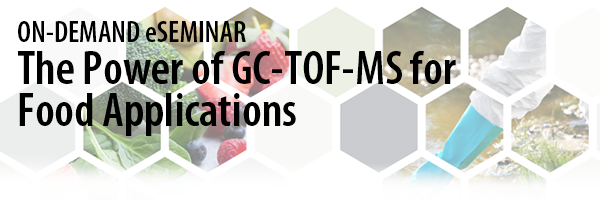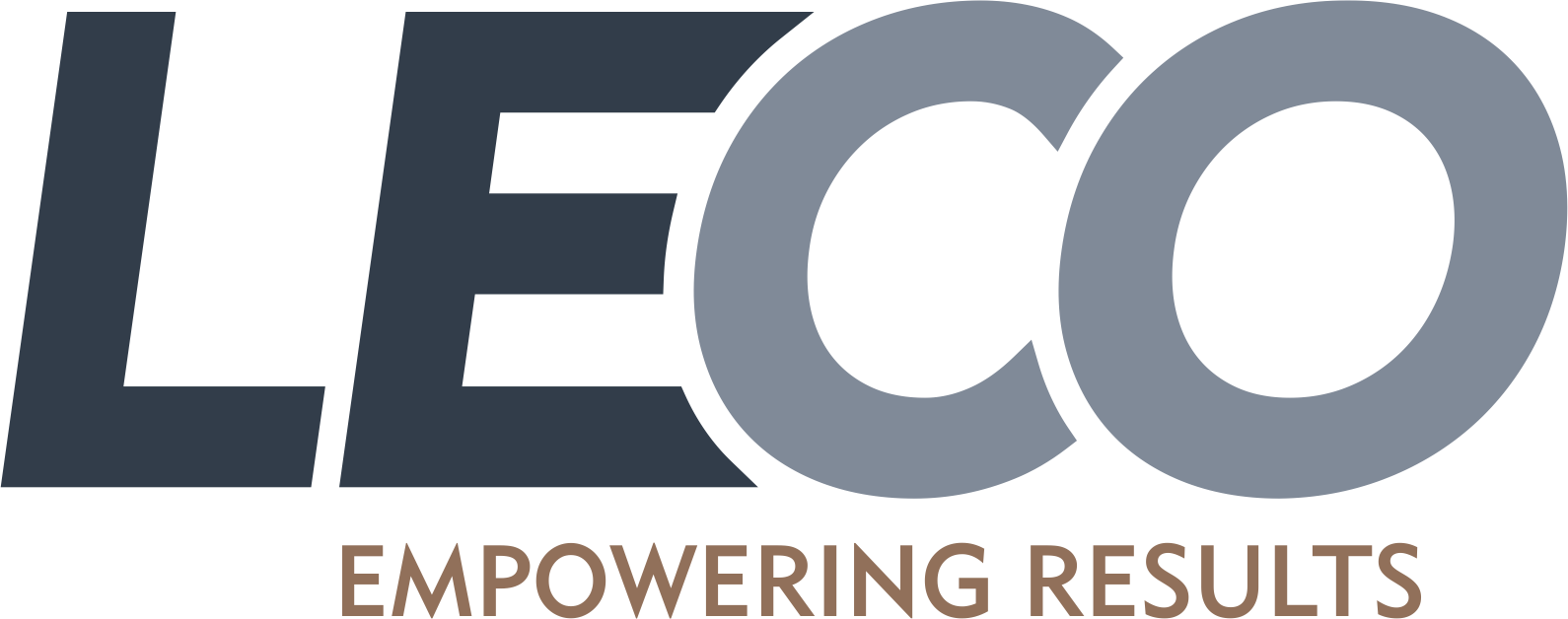Discover how GC-TOF-MS and GC×GC-TOF-MS technologies can dramatically enhance your applications for food analysis and increase data quality and sample throughput.

'The Power of GC-TOF-MS for Food Applications' eSeminar focusing on food analysis. Further details are below:
Programme:
 INTRODUCTION
INTRODUCTION
How to Push the Boundaries of your Food Analysis Applications using LECO GC-TOF-MS and GCxGC-TOF-MS Technologies
Jürgen Wendt & Nick Jones (LECO Europe, Germany)
 GC×GC-ToFMS/FID: A Journey Beyond the MOSH&MOAH Hump in Food Determination
GC×GC-ToFMS/FID: A Journey Beyond the MOSH&MOAH Hump in Food Determination
Giorgia Purcaro (University of Liège, Belgium)
 Dioxin Measurements in Food and Feed Beyond MRL Regulation Using GC×GC-TOFMS
Dioxin Measurements in Food and Feed Beyond MRL Regulation Using GC×GC-TOFMS
Jean-François Focant (University of Liège, Belgium)
 Application of Two-dimensional Gas Chromatography with Mass Spectrometric Detection for Analysis of Pesticide Residues in Foodstuffs
Application of Two-dimensional Gas Chromatography with Mass Spectrometric Detection for Analysis of Pesticide Residues in Foodstuffs
Radim Štěpán (Czech Agriculture and Food Inspection Authority, Czech Republic)
Food analysis is challenging due to the complexity of sample matrices in combination with a high variety of analytes which are present at range of levels.
Traditionally, laboratories are forced to employ using high numbers of GC instruments with both different target analyte methods and different column types to generate sufficient data to accurately detect and quantify important species such as pesticides, dioxins and mineral oils for regulatory and discovery purposes that results in high investments and lower than ideal sample throughput. Compromises have had to be made using quadrupole MS detectors, because the number of target analytes which can be analysed over a restricted mass range at sufficient sensitivity is limited, thereby increasing the number of instruments required. Non-targeted screening applications have also been significantly restricted by the same limitations.
During the last decade, due to the huge advancements made in computer power, it is now possible to use Time-Of-Flight (TOF) mass spectrometry (MS) easily, routinely and powerfully to perform such applications. The use of TOF-MS technology provides much more than an equivalent solution to these applications as they operate with high data acquisition rates, over wide mass ranges with high sensitivity. Due to these capabilities, complex analyte-matrix coelutions can be resolved quickly and efficiently using either 1D separations or comprehensive 2D separations (GC×GC) in conjunction with powerful deconvolution. By using these approaches, multiple classifications of analytes can be analysed using fewer instruments and fewer runs in less time. Furthermore, target analyses can be performed at the same time as non-target screening.
For more information from LECO visit https://eu.leco.com/





